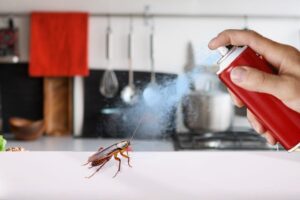Worms Crawling Out of Bathroom Drains or Basins? Try These 7 Simple, Effective Fixes – No More Creepy Crawlers
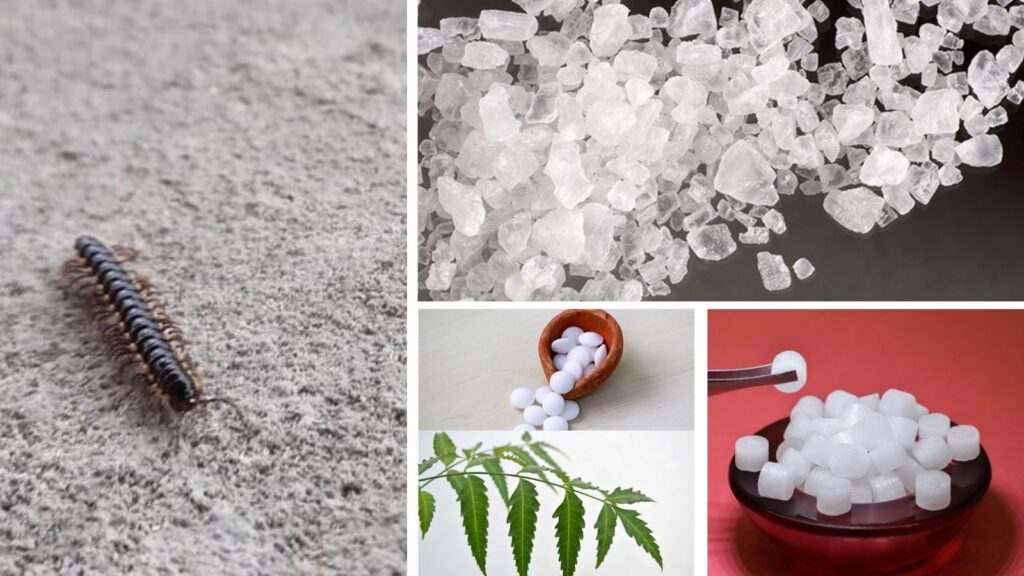
Worms Crawling Out of Bathroom Drains or Basins? Try These 7 Simple, Effective Fixes – No More Creepy Crawlers
If you’ve been noticing worms, centipedes, or other creepy crawlers sneaking out of your bathroom basin or floor drain, you’re not alone. This is a common and frustrating issue — especially in humid conditions. No matter how clean your home is, these pests manage to find their way in. And let’s be honest: no one wants to deal with the mess or the disgust that comes with them.
You don’t need to rely on costly pest control or harsh chemicals—just a few common household items are enough to solve the problem quickly and inexpensively.
1. Rock Salt / Crystal Salt
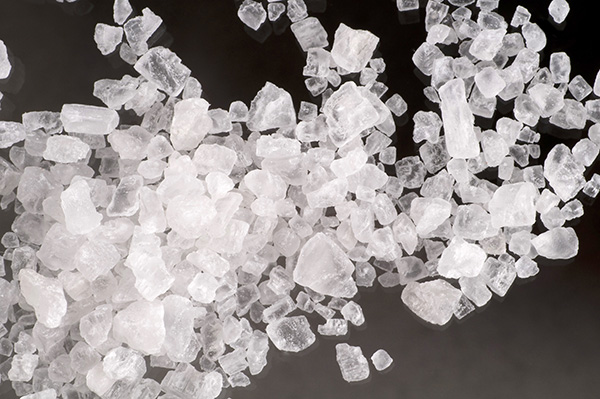
Sprinkling white rock salt (also known as crystal salt) around your bathroom drain, basin area, and toilet can help. The minerals in the salt are naturally hostile to worms and other insects — it dehydrates and repels them. Try leaving a generous layer overnight and rinse off in the morning. Repeat twice a week for best results.
2. Naphthalene Balls (Mothballs)
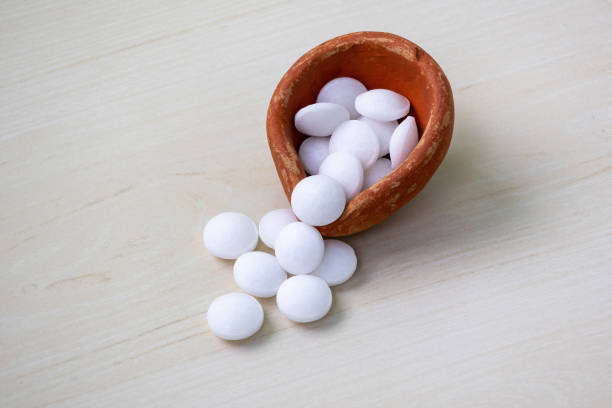
These are a tried-and-tested solution for keeping unwanted insects at bay. Just place a few naphthalene balls around corners of the bathroom, near the drain, and behind the toilet. The strong odor keeps worms, cockroaches, and even rodents away. However, keep them out of reach of children and pets.
3. Neem Leaves or Mint Leaves
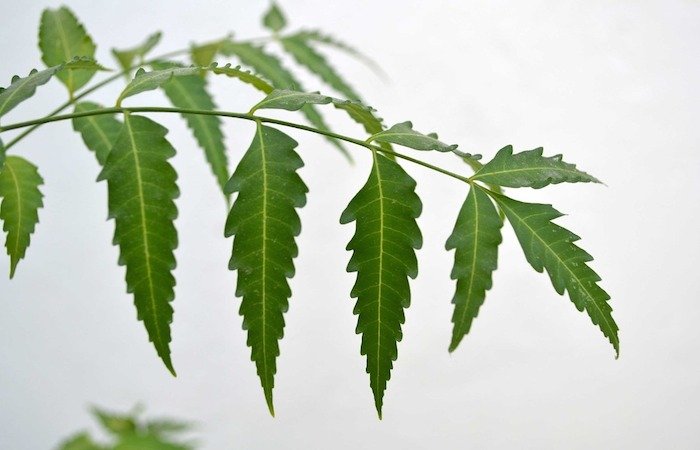
Neem and mint are natural repellents with strong anti-pest properties. Crush a handful of fresh leaves and place the paste near drains, basin holes, and any small bathroom corners where worms are spotted. You can even make a simple spray with neem oil and water to use around the bathroom. It’s safe, eco-friendly, and smells refreshing.
4. Camphor (Kapoor)

Camphor isn’t just for spiritual rituals — it’s also great at driving away insects and worms. Burn camphor in the bathroom once every two days or use it in a diffuser. You can even add neem leaves to the burn for extra strength. Alternatively, dissolve camphor in water and use it to mop the bathroom floor.
5. Boric Acid Powder + Bleaching Powder
This combo works wonders, especially when dealing with stubborn infestations. Sprinkle boric acid and a small amount of bleaching powder directly into the drain, behind the toilet, and into corners. The smell and chemical action of both powders repel and kill insects. Use once every three days and avoid touching it with bare hands.
6. Vinegar

A natural, chemical-free solution — vinegar helps in deterring worms and pests. Pour 1–2 tablespoons of white vinegar directly into the basin and drain before going to bed. The strong acidity keeps the worms from surfacing. You can also mix it with water and spray around tiles and fixtures for added protection.
7. Baking Soda
If you’re sensitive to the smell of bleach or boric acid, baking soda is your safe alternative. Sprinkle it generously on the floor tiles, around the basin, or into the drain. Let it sit overnight and rinse in the morning. It absorbs odor, prevents moisture buildup, and naturally repels bugs and worms.
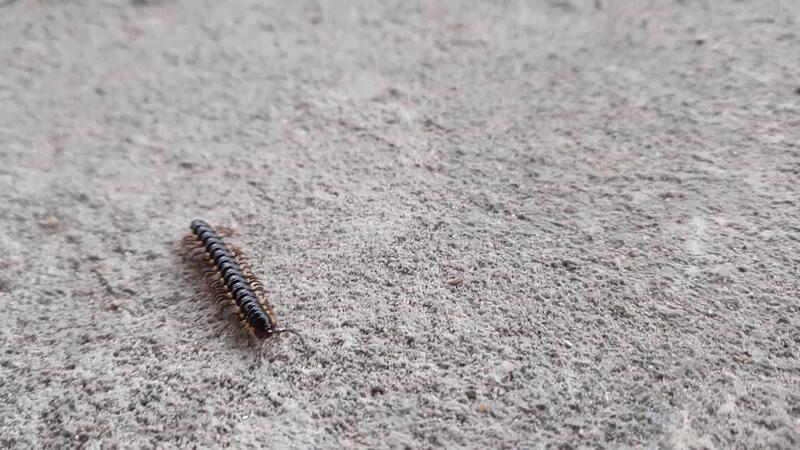
Keep Your Bathroom Dry and Clean — That’s Half the Battle
Worms, centipedes, and other bugs love moisture, grime, and dark corners. Even small puddles of water or leftover soap scum can attract them. So the real fix begins with making sure your bathroom is well-ventilated, dry, and cleaned daily — especially after use. Don’t let water stagnate, and try to mop the floor dry at least once a day. The remedies above are low-cost, safe, and easy to implement. Use them regularly — not just when the problem shows up — and you’ll see a noticeable difference.
Disclaimer: This article is for informational purposes only and is not a substitute for professional pest control advice. Always use household remedies with caution, especially around children and pets.







